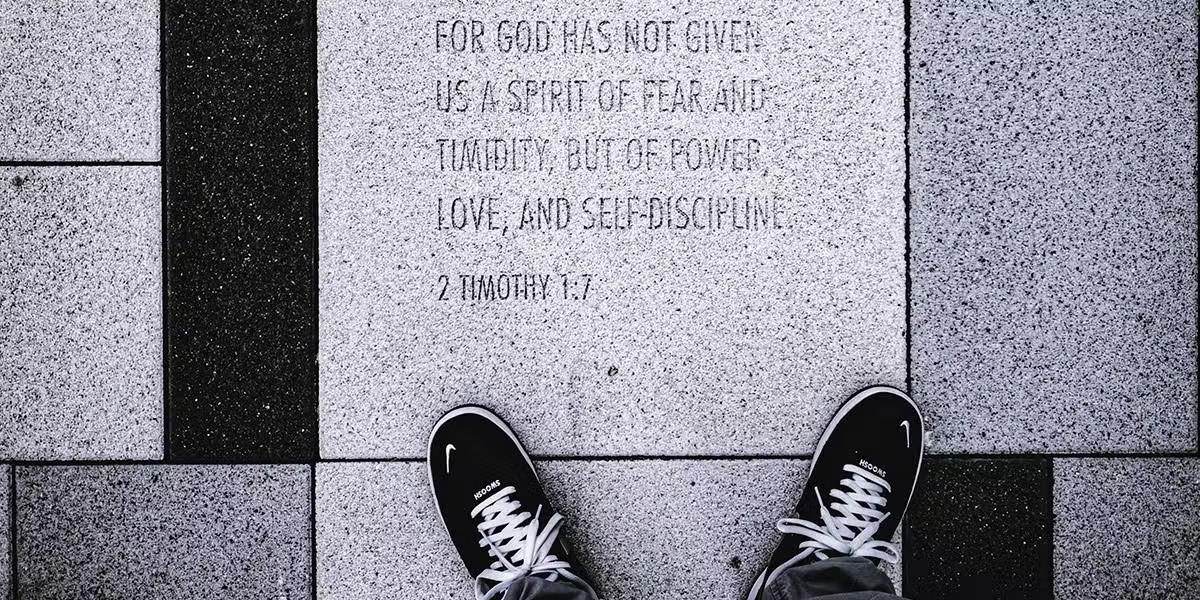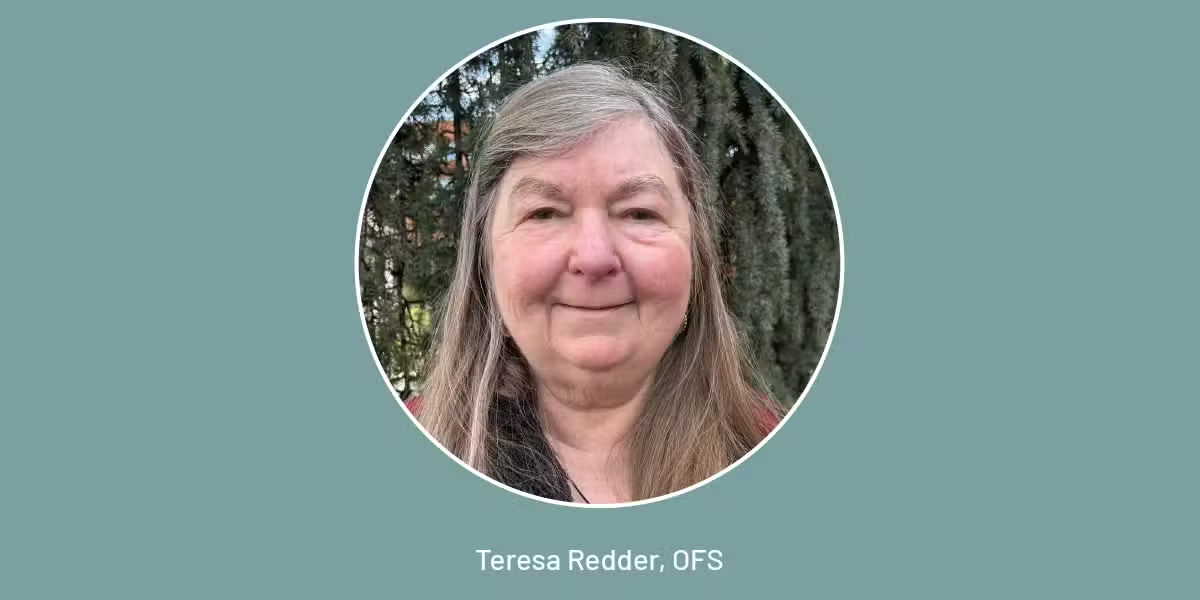(OSV News) — “Don’t forget the poor!” Brazilian Cardinal Claudio Hummes’ advice to then-Cardinal Jorge Mario Bergoglio upon the Argentine’s election to the papacy resonated deeply enough to influence his choice of papal name: Francis, for St. Francis of Assisi.
Pope Francis was the first pope in the church’s 2,000-year history to choose the name. The pope, who died April 21 at age 88 after a 12-year pontificate, quickly clarified for journalists in 2013 that his chosen namesake was indeed the holy Italian friar and not St. Francis Xavier, a founder of the Jesuits, the religious order to which Pope Francis belonged.
“How I would like a church that is poor and that is for the poor,” he told journalists March 16, 2013, three days after his election. St. Francis, he said, was “the man of poverty, the man of peace, the man who loves and protects creation.”
Jesuit Father Bruce Morrill, the Edward A. Malloy Chair in Roman Catholic Studies and a theology professor at Vanderbilt University in Nashville, Tennessee, said the choice of “Francis” signaled humility as well as solidarity with the saint, whom God commanded to “rebuild my church.”
As the first Jesuit pope, Pope Francis “would want no whiff of triumphalism, like Jesuit chest thumping,” he said, which is how a Jesuit name such as “Ignatius” or “Xavier” might have been interpreted.
The 13th-century Franciscan friar’s words inspired the titles of two of Pope Francis’ encyclicals, “Laudato Si'” (on care for our common home) in 2015, and “Fratelli Tutti” (on fraternity and social friendship) in 2020, as well as the 2023 apostolic exhortation “Laudate Deum” (on the climate crisis), issued as a follow-up to “Laudato Si'” and published on St. Francis’ Oct. 4 feast day in the Roman calendar.
His other writings on St. Francis included the introduction in a 2023 book in Italian exploring the rule of life St. Francis established for the Franciscans, in which the pope said that St. Francis “shows that Jesus is the only Master” and “the heart of the choice consists in ‘following in the footsteps of our Lord Jesus Christ.'”
In the same year, a collection of Pope Francis’ writings on the Nativity scene was published to mark the 800th anniversary of St. Francis creating the first crèche in a cave in Greccio, Italy.
The pope also referenced his namesake as he wrote about hope in the papal bull announcing the 2025 Jubilee Year, with its theme “Pilgrims of Hope.” In noting that patience “sustains our hope and strengthens it as a virtue and a way of life,” he said St. Francis demonstrated patience through awe — a complex emotion diminished by the “now” of the internet age.
Assisi, meanwhile, was the site of several of Pope Francis’ large gatherings, including an interfaith day of prayer in 2016 and a meeting of economists in 2022.
The son of a successful merchant, St. Francis had a famous conversion in which he renounced his family’s wealth and chose to live as a beggar. That conversion may have resonated with Pope Francis, whose call to priesthood came to him as a surprise in prayer following confession when he was 17.
The young Bergoglio “had a devotion to St. Francis from the time he was in the novitiate. … I guess he must have seen something of himself in that story,” said Franciscan Father Joseph Chinnici, a history professor and president emeritus of the University of San Diego’s Franciscan School of Theology.
Pope Francis’ affection for the poor likely grew while he was archbishop of Buenos Aires and ministered in the area’s shantytowns, Father Chinnici said. He noted that Pope Francis’ preaching while still in Argentina and his papal writings — particularly “Fratelli Tutti,” which he signed on St. Francis’ tomb in the Assisi basilica — use Franciscan language: “talking about community and the dignity given to each person, believer and unbeliever.”
In 2016, during the Jubilee of Mercy, Pope Francis established the World Day of the Poor, first held in November 2017. On the fifth annual celebration, he met in Assisi with 500 people who were poor from around Europe.
“I think (St.) Francis’ own conversion was the embrace of those who were suffering and for him that would have included everyone, and I think that’s true of Pope Francis, also,” said Father Chinnici, an expert on St. Francis.
Father Chinnici said that Pope Francis’ ongoing “religious conversion based on spiritual experience” is the key to understanding his “symbolic actions,” such as making his first papal trip beyond Rome in 2013 a journey to the Italian island of Lampedusa, a major but perilous entry point into Europe for African migrants.
“I think people miss the spiritual depth that he communicates in very simple ways,” Father Chinnici said of the late pope, noting this was also the case with St. Francis, even among his friars.
“Francis of Assisi places at the center of his own spiritual journey the need to become an example, and to give examples through symbolic actions, which is very evident in Francis’ work in Assisi and elsewhere,” Father Chinnici said. “Francis the pope communicates the message as much through action and symbolic action — for example, washing the feet on Holy Thursday of people of different faiths … (and) embracing believers and unbelievers, as he does in ‘Fratelli Tutti.'”
Those actions, he explained, indicate “that everyone’s engaged in the same human project, which is to become more human by turning to Christ.”
By Maria Wiering | OSV News







News & Commentary
How Pope Francis Drew Inspiration from His Namesake
(OSV News) — “Don’t forget the poor!” Brazilian Cardinal Claudio Hummes’ advice to then-Cardinal Jorge Mario Bergoglio upon the Argentine’s election to the papacy resonated deeply enough to influence his choice of papal name: Francis, for St. Francis of Assisi.
Pope Francis was the first pope in the church’s 2,000-year history to choose the name. The pope, who died April 21 at age 88 after a 12-year pontificate, quickly clarified for journalists in 2013 that his chosen namesake was indeed the holy Italian friar and not St. Francis Xavier, a founder of the Jesuits, the religious order to which Pope Francis belonged.
“How I would like a church that is poor and that is for the poor,” he told journalists March 16, 2013, three days after his election. St. Francis, he said, was “the man of poverty, the man of peace, the man who loves and protects creation.”
Jesuit Father Bruce Morrill, the Edward A. Malloy Chair in Roman Catholic Studies and a theology professor at Vanderbilt University in Nashville, Tennessee, said the choice of “Francis” signaled humility as well as solidarity with the saint, whom God commanded to “rebuild my church.”
As the first Jesuit pope, Pope Francis “would want no whiff of triumphalism, like Jesuit chest thumping,” he said, which is how a Jesuit name such as “Ignatius” or “Xavier” might have been interpreted.
The 13th-century Franciscan friar’s words inspired the titles of two of Pope Francis’ encyclicals, “Laudato Si'” (on care for our common home) in 2015, and “Fratelli Tutti” (on fraternity and social friendship) in 2020, as well as the 2023 apostolic exhortation “Laudate Deum” (on the climate crisis), issued as a follow-up to “Laudato Si'” and published on St. Francis’ Oct. 4 feast day in the Roman calendar.
His other writings on St. Francis included the introduction in a 2023 book in Italian exploring the rule of life St. Francis established for the Franciscans, in which the pope said that St. Francis “shows that Jesus is the only Master” and “the heart of the choice consists in ‘following in the footsteps of our Lord Jesus Christ.'”
In the same year, a collection of Pope Francis’ writings on the Nativity scene was published to mark the 800th anniversary of St. Francis creating the first crèche in a cave in Greccio, Italy.
The pope also referenced his namesake as he wrote about hope in the papal bull announcing the 2025 Jubilee Year, with its theme “Pilgrims of Hope.” In noting that patience “sustains our hope and strengthens it as a virtue and a way of life,” he said St. Francis demonstrated patience through awe — a complex emotion diminished by the “now” of the internet age.
Assisi, meanwhile, was the site of several of Pope Francis’ large gatherings, including an interfaith day of prayer in 2016 and a meeting of economists in 2022.
The son of a successful merchant, St. Francis had a famous conversion in which he renounced his family’s wealth and chose to live as a beggar. That conversion may have resonated with Pope Francis, whose call to priesthood came to him as a surprise in prayer following confession when he was 17.
The young Bergoglio “had a devotion to St. Francis from the time he was in the novitiate. … I guess he must have seen something of himself in that story,” said Franciscan Father Joseph Chinnici, a history professor and president emeritus of the University of San Diego’s Franciscan School of Theology.
Pope Francis’ affection for the poor likely grew while he was archbishop of Buenos Aires and ministered in the area’s shantytowns, Father Chinnici said. He noted that Pope Francis’ preaching while still in Argentina and his papal writings — particularly “Fratelli Tutti,” which he signed on St. Francis’ tomb in the Assisi basilica — use Franciscan language: “talking about community and the dignity given to each person, believer and unbeliever.”
In 2016, during the Jubilee of Mercy, Pope Francis established the World Day of the Poor, first held in November 2017. On the fifth annual celebration, he met in Assisi with 500 people who were poor from around Europe.
“I think (St.) Francis’ own conversion was the embrace of those who were suffering and for him that would have included everyone, and I think that’s true of Pope Francis, also,” said Father Chinnici, an expert on St. Francis.
Father Chinnici said that Pope Francis’ ongoing “religious conversion based on spiritual experience” is the key to understanding his “symbolic actions,” such as making his first papal trip beyond Rome in 2013 a journey to the Italian island of Lampedusa, a major but perilous entry point into Europe for African migrants.
“I think people miss the spiritual depth that he communicates in very simple ways,” Father Chinnici said of the late pope, noting this was also the case with St. Francis, even among his friars.
“Francis of Assisi places at the center of his own spiritual journey the need to become an example, and to give examples through symbolic actions, which is very evident in Francis’ work in Assisi and elsewhere,” Father Chinnici said. “Francis the pope communicates the message as much through action and symbolic action — for example, washing the feet on Holy Thursday of people of different faiths … (and) embracing believers and unbelievers, as he does in ‘Fratelli Tutti.'”
Those actions, he explained, indicate “that everyone’s engaged in the same human project, which is to become more human by turning to Christ.”
By Maria Wiering | OSV News